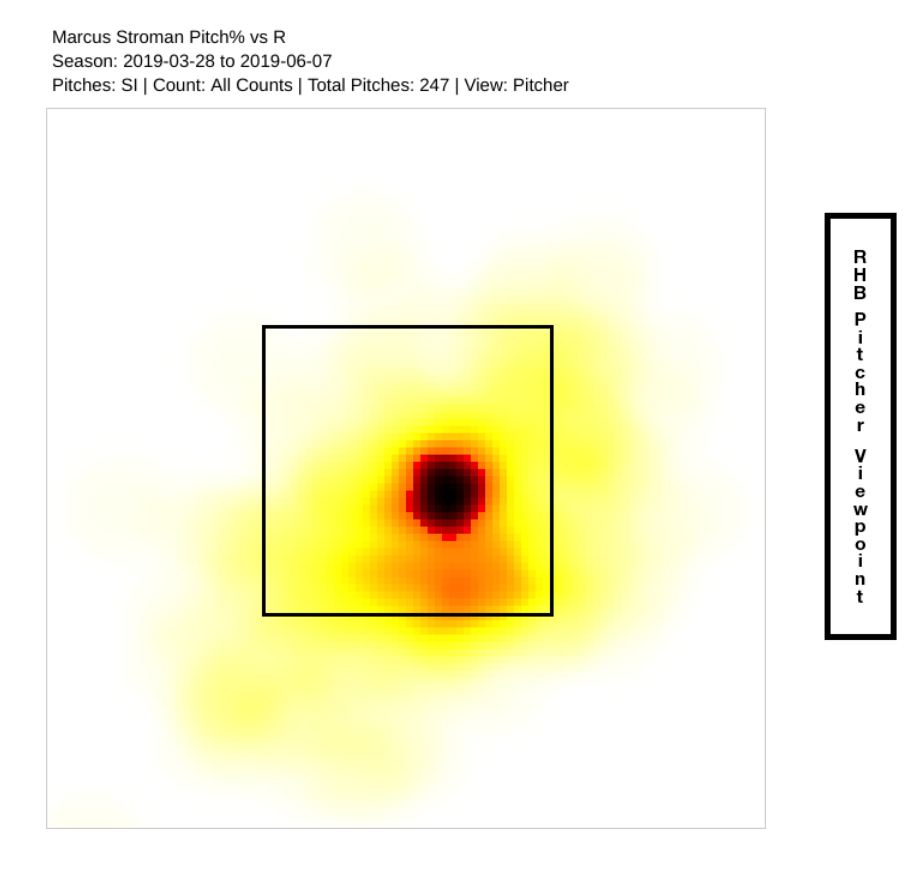Joey Gallo is a unique hitter having an outstanding season. Though temporarily sidelined with an oblique injury, he’s slashing .276/.421/.653, with 17 home runs in 214 plate appearances and a 170 wRC+. And when he’s not bopping, he’s usually fanning or walking. The 25-year-old Texas Rangers slugger has the second-highest walk rate, and the second-highest strikeout rate, among qualified major league batters. The antithesis of a singles hitter, Gallo is all about Three True Outcomes.
Gallo sat down for an in-depth discussion of the art and science of hitting earlier this week.
———
David Laurila: Straightforward question to start: What is your hitting approach?
Joey Gallo: “I feel that I have a pretty in-depth thought process at the plate. I always have an approach. I think a lot of people assume I just go up there kind of ‘beer-league-softball,’ and try to crush everything I see. But I have a plan of what I want to do against a certain guy; the pitches I want to look for; who is behind the plate, umpire-wise; who is calling the pitches, catcher-wise; what the environment is; what the situation is. There’s a lot that goes into hitting. It’s not just me trying to put the ball into the seats.”
Laurila: Nuance aside, are you generally hunting fastballs middle, and adjusting from there?
Gallo: “I don’t want to give away exactly what I’m thinking at the plate. Obviously, you’re taught to look fastball and adjust to off-speed, but there are situations where you change that approach and look for different stuff. It changes at-bat to at-bat. Sometimes you’re looking off-speed. Sometimes you’re looking for a certain location. You’re not always just looking fastball, because the guys are so good in this league that you can’t always have exactly the same approach.”
Laurila: Have you made changes this year with either your approach or your mechanics?
Gallo: “I’m trying to stay through the ball a lot more now. That’s something we’ve worked on: I try to stay as short and compact as I can. One thing we talked about when Luis Ortiz was hired [as hitting coach] was that I don’t need to generate any more power. All I have to do is touch the ball; all I have to do is put the barrel to the ball. So we worked on simplifying my swing, throughout the offseason and in spring training. I had too much movement for a big guy. Now I’m just thinking about getting my foot down and putting the barrel to the ball.”
Laurila: Is there any compromise with the shortening up? All hitters have their timing mechanisms. Read the rest of this entry »

![]() iTunes Feed (Please rate and review us!)
iTunes Feed (Please rate and review us!)![]() Sponsor Us on Patreon
Sponsor Us on Patreon![]() Facebook Group
Facebook Group![]() Effectively Wild Wiki
Effectively Wild Wiki![]() Twitter Account
Twitter Account![]() Get Our Merch!
Get Our Merch!![]() Email Us: podcast@fangraphs.com
Email Us: podcast@fangraphs.com
 Jay Jaffe
Jay Jaffe